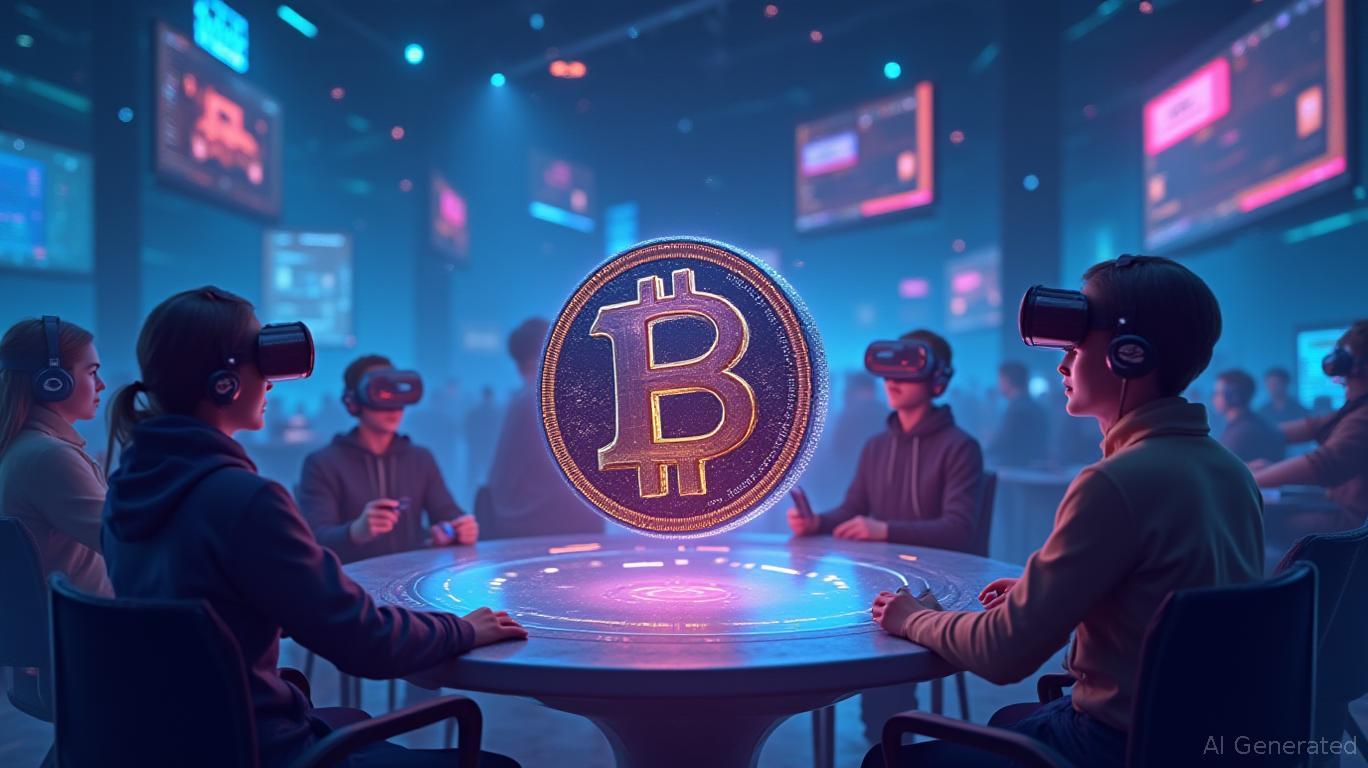Snail Games Explores Stablecoin for Blockchain Gaming
Snail Games, a prominent video game developer, is reportedly exploring the development of its own stablecoin. This move has sparked significant interest in the gaming industry, highlighting the potential for stablecoins to revolutionize in-game economies and player experiences. A stablecoin is a type of cryptocurrency designed to maintain a stable value, typically pegged to a fiat currency or commodity, offering a reliable medium of exchange that minimizes price fluctuations. This stability is crucial for the gaming industry, particularly in blockchain gaming, where the value of in-game assets can be volatile.
Snail Games’ interest in a stablecoin is driven by strategic considerations aimed at enhancing its core business. The company aims to better integrate blockchain-based game economies and player-driven marketplaces. A dedicated gaming stablecoin could serve as the primary currency within
Games’ titles, facilitating seamless and stable transactions for buying, selling, and trading in-game items, characters, and virtual land. This stability encourages real economic activity within the game, fostering trust and predictability.Additionally, a stablecoin could empower players to create robust marketplaces, allowing them to confidently trade NFTs representing unique in-game assets. Traditional payment methods often involve delays, high fees, and geographical restrictions, but a stablecoin can enable instant, low-cost, global transactions. This would make it easier for players worldwide to participate in the game’s economy. Beyond traditional game sales, a stablecoin could open doors to new monetization models, such as transaction fees on marketplace trades or interest-bearing accounts for in-game currency, further strengthening the in-game economy. By issuing its own stablecoin, Snail Games would have more direct control over its digital economy, potentially reducing reliance on third-party payment processors and their associated costs or policies.
The potential launch of a Snail Games stablecoin could have broader implications for the Web3 games sector. As traditional game developers like Snail Games explore blockchain technology, it legitimizes the space and paves the way for wider adoption. This move could set a precedent for other major studios to consider similar initiatives, accelerating the shift towards player-owned assets and decentralized gaming experiences. Imagine a future where in-game currencies are interoperable across different games from the same publisher, or even across different publishers, all powered by stable, blockchain-based tokens.
However, developing and launching a successful stablecoin is not without its challenges. Snail Games would need to navigate several complex areas, including regulatory compliance, technical implementation and security, pegging mechanisms and reserves, and user adoption and education. The regulatory landscape for cryptocurrencies, especially stablecoins, is still evolving globally. Snail Games would need to ensure full compliance with financial regulations in all jurisdictions where its games operate. Building a robust, secure, and scalable blockchain infrastructure to support a stablecoin and its associated transactions is a massive technical undertaking. Security breaches could erode player trust instantly. Maintaining the stable peg requires a reliable mechanism, typically backed by reserves of fiat currency or other assets. Transparent and audited reserves are crucial for building and maintaining user confidence. While crypto adoption is growing, many traditional gamers may be unfamiliar with stablecoins. Snail Games would need to educate its player base and make the stablecoin’s use as intuitive and seamless as possible.
The consideration of a Snail Games stablecoin highlights a pivotal moment for the in-game economy. We are moving beyond simple in-app purchases towards true digital ownership and player empowerment. Stablecoins can act as the bedrock for these new economies, providing the necessary stability for players to invest time and money into virtual assets with confidence. This could lead to a thriving ecosystem where players are not just consumers but active participants and stakeholders, driving value creation within the game. The integration of a reliable gaming stablecoin could transform how we perceive and interact with digital assets, blurring the lines between virtual and real-world economies.
Snail Games’ exploration into stablecoin development is a bold and potentially transformative step. It underscores the growing recognition among mainstream developers that blockchain technology, and specifically stablecoins, can solve real problems and unlock immense value within the gaming industry. While challenges lie ahead, the promise of more stable, transparent, and player-driven blockchain gaming experiences is a powerful motivator. As the gaming landscape continues to evolve, keeping an eye on developments like the Snail Games stablecoin will be crucial for understanding where the future of interactive entertainment is headed.


Comments
No comments yet